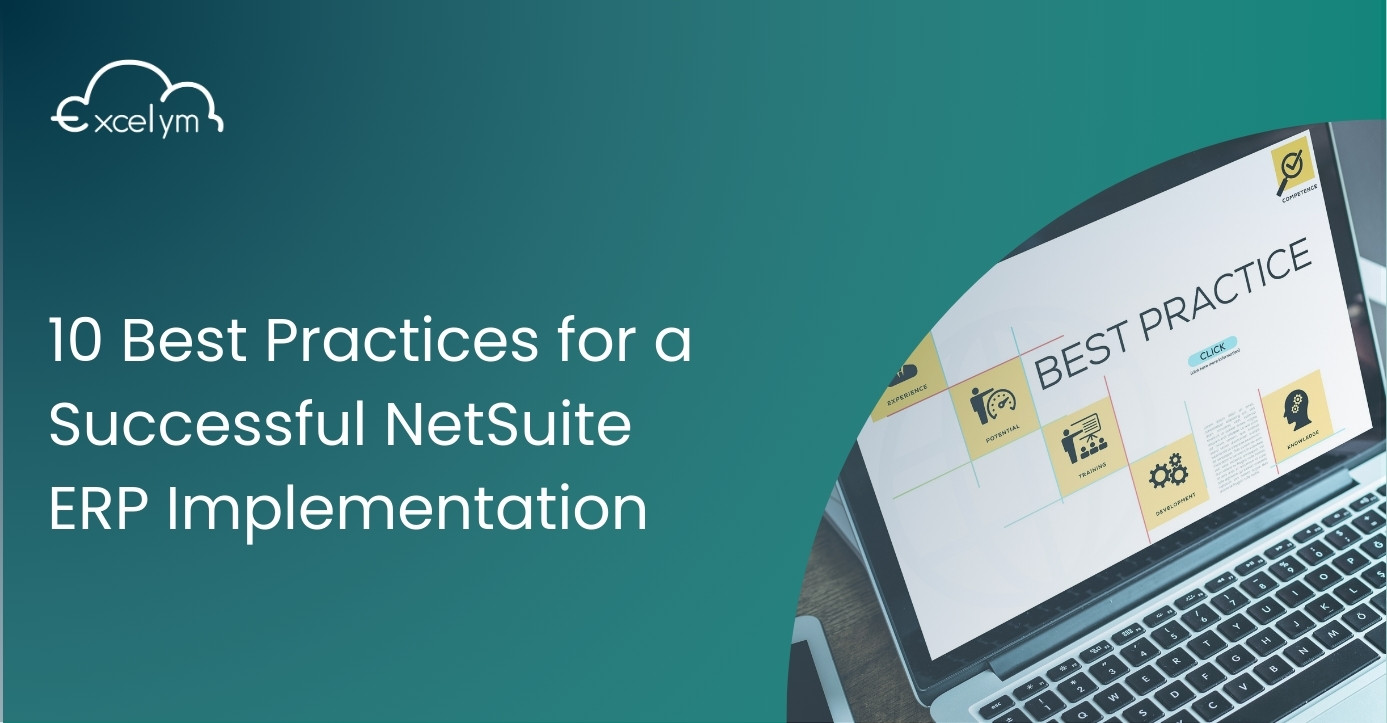Last Modified: July 16th, 2025
3 min read

Implementing NetSuite ERP is a challenging and complex process. It requires careful planning, strong communication skills, and leadership to get the project off on the right foot. A successful implementation can lead to improved business processes, increased efficiency, and better decision making. However, a poorly executed implementation can result in costly delays, frustrated employees, and missed opportunities for growth.
To ensure a smooth and successful NetSuite ERP implementation, here are 10 best practices that your organization should follow:
Best Practice #1. Make sure everyone understands their role and the cadence
Make sure everyone understands their role and the cadence. The success of the implementation is dependent on having a clear understanding of the process and roles. As there are multiple stakeholders in this project, it’s important to understand who does what before you start any sprints.
Best Practice #2. Adhere to the cadence at all costs
Adhere to the cadence at all costs. If you must cancel a sprint then cancel a sprint. But get right back on your cadence as soon as possible. It is imperative to keep the team focused on completing each sprint’s goal and not get bogged down in other tasks or any distractions that may appear along the way.
Best Practice #3. Everyone must understand that the team is self-managed
Everyone must understand that the team is self-managed. The SCRUM Master is a facilitator of the process and not the decision-maker. The SCRUM Master does not dictate what the team should accomplish, but rather helps them stay on task and reach their goal.
Best Practice #4. The product owner must do backlog grooming
The product owner must do backlog grooming. The product owner must groom the backlog to prioritize which features will be completed next for NetSuite implementation and manage feedback from stakeholders as well as update them on what has been done so far while creating customer proposals that outline how it can be implemented in NetSuite. This also means updating estimates and managing the tasks and subtasks for NetSuite implementation.
Best Practice #5. Estimate your work and run a burndown chart
Estimate your work and run a burndown chart. For the SCRUM role players, estimate your work and run a burndown chart. The team must learn to move more efficiently and produce a more accurate estimate of their tasks.
Best Practice #6. Always prepare progress reports/documentation
Prepare progress reports/documentation. ERP solutions are notoriously over-documented and that documentation is never used again. Make progress and utilize whiteboards, stories, and other methods to capture what is being done.
Best Practice #7. Build a sprint schedule and release schedule
Build a sprint schedule and release schedule. It’s not just about 2-4 week iterations. You must still map out a release and sprint schedule. What modules do you want to finish and by when? How long will it take? Be sure to include holidays and other planned downtimes.
Best Practice #8. Everyone must understand and know how to resolve change
It will happen and the team must be prepared to handle it. How will changes impact your current sprints? How are you going to update and release with these edits in mind? Set up a stable infrastructure for NetSuite implementation. Make sure that there is enough time before doing so to make all necessary updates on databases or other infrastructure changes.
Best Practice #9. The demo and sprint retrospective are crucial steps
The demo and sprint retrospective are crucial steps. Don’t skip them. It’s how the team self improves and processes what went well and also recognizes what mistakes were made.
Best Practice #10. Cloud ERP implementations do not need to be a top-down command and control structure
The main takeaway is to understand that Cloud ERP implementations do not need to be a top-down command and control structure. They do not need to be long-drawn-out costly waterfall projects. You can build self-reliant teams that own the work and adhere to product/solution prioritization. At the end of the day, the ERP will more align with the business need, it will be more likely to be completed on time, and Agile will have engaged key stakeholders along the way.
Transform Your Business with Excelym’s Cloud ERP Solutions Solutions
If you’re ready to transform your business with an efficient and adaptive Cloud ERP solution, Excelym is here to help. Our expertise in implementation, customization, and support ensures your ERP aligns perfectly with your unique business needs. With our Agile approach, we prioritize collaboration, efficiency, and success at every project stage. Reach out to Excelym today to discover how we can empower your team and drive your business forward. Contact us now and get a free-no obligation initial consultation to kickstart your NetSuite license and adoption!
Serge is a Managing Partner and the head of sales and business development.
Published on: August 10, 2021
